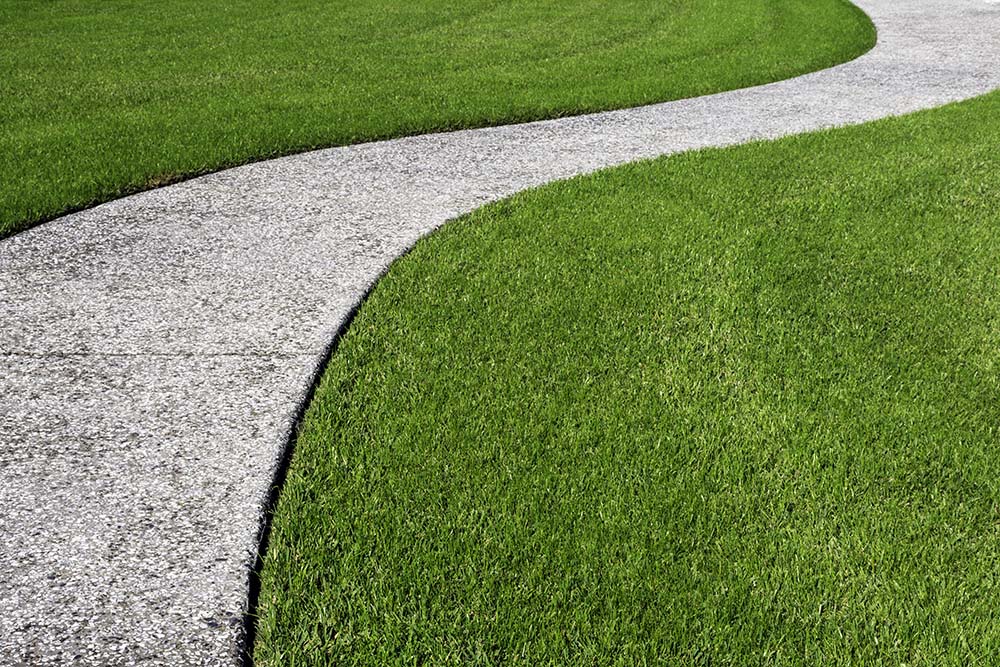Taking Care of Your Zoysia Lawn
Zoysia grass can withstand heavy foot traffic, heat, and drought. It is a tough grass that can deliver a dense and beautiful lawn with minimal effort from you. Whether Zoysia is right for you depends on your lawn care objectives, the location of your home, and how you use your lawn.

The optimal time for this warm-season grass is contrary to that for cool-season lawns. The best time to plant Zoysia grass on your lawn is during spring because of the reduced threat of frost and it marks a period for optimum growth. During the time for optimal growth, you need to overseed thin lawns.
The dense growth habit of the Zoysia grass promotes the development of patch. Zoysia patch develops when the soil temperatures reduce in the fall though the symptoms become more evident during cool and wet periods. At times, the symptoms may not be evident until early spring.
The fungi that cause Zoysia patch attack leaf sheaths of grass on your Zoysia lawn. The grass in the affected areas appear bleached or yellow and have an orange-colored perimeter.
There are different tips you can use to prevent the development of the Zoysia patch. These include;
- Reducing thatch
- Avoiding frequent watering
- Maintaining sufficient nitrogen levels
- Removing tree barriers to remove excessive shades and to increase air circulation
- Avoid dethatching when the disease is active to prevent the spread of the fungus
You need to dethatch and aerate Zoysia lawns in early spring to allow the grass to recover during the peak growth.
There are few fungicides that you can use to manage the Zoysia patch effectively. The fungal spores of the Zoysia patch cannot be eliminated. Therefore, you must establish a lawn that is disease resistant.
Contact us if your Zoysia lawn appears bleached, and you think it may be developing Zoysia patch.
